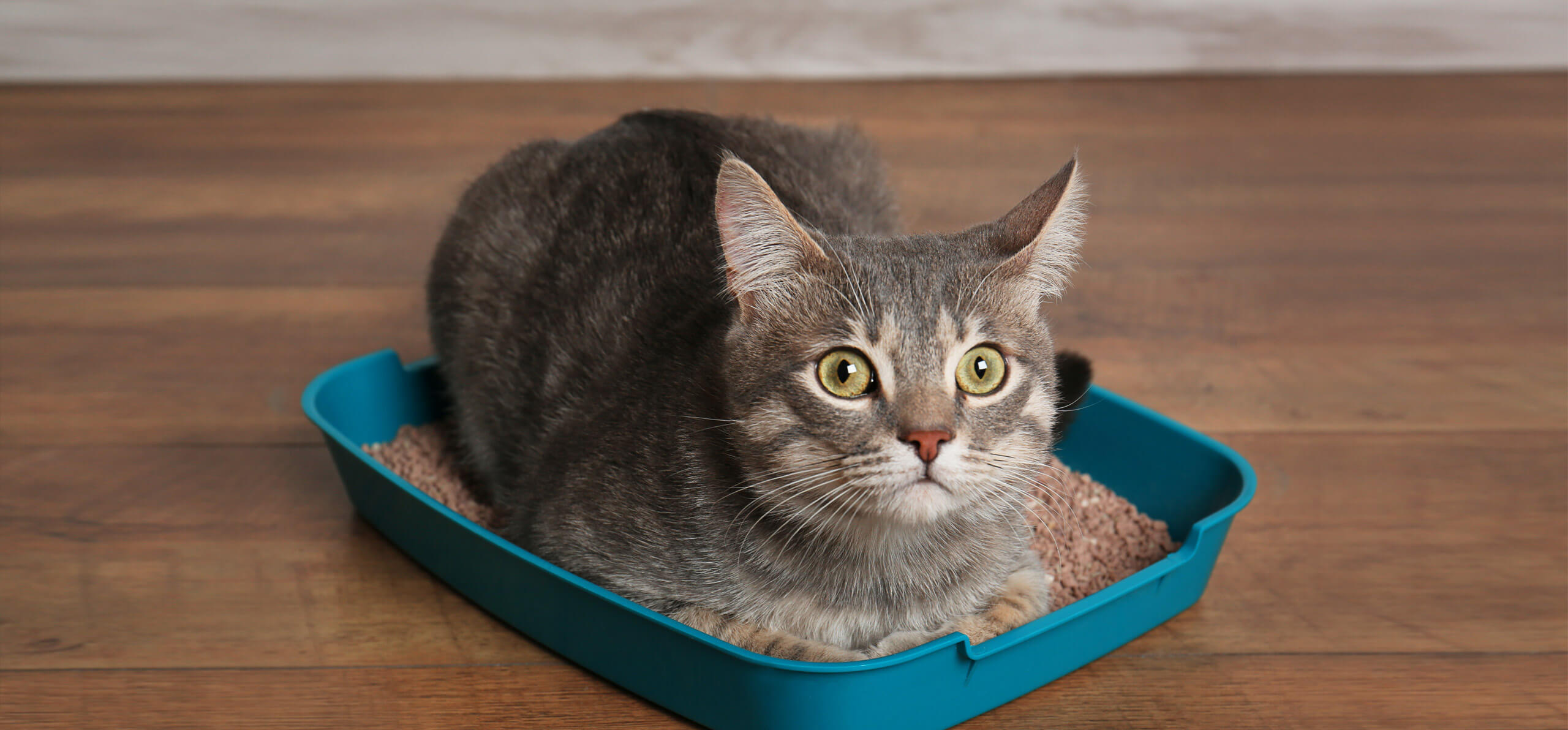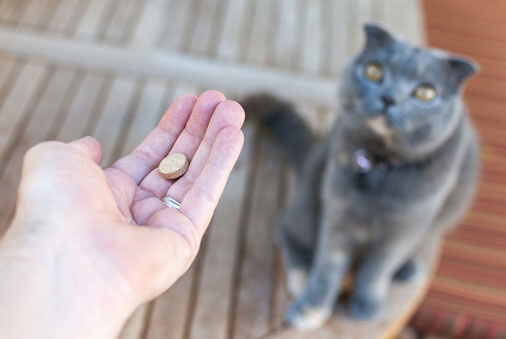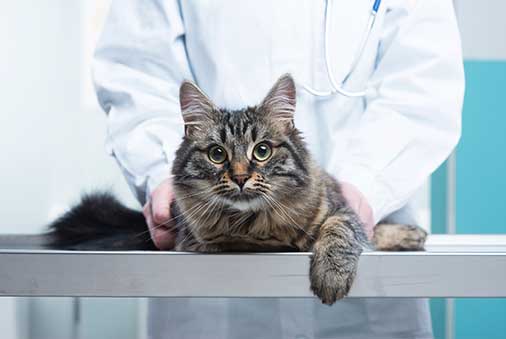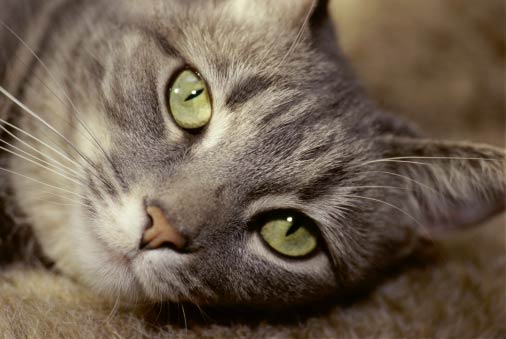What Causes Crystals In Cat Urine?
While crystals in cat urine are often a sign of underlying issues related to the cat’s urinary tract health, they could also be considered normal or not harmful in small quantities. There are several common types of crystals and a variety of reasons your cat might get them.
Crystals might develop if your cat isn’t eating a complete and balanced diet. Any condition that changes your cat’s urine pH, such as kidney disease or long-term medication use, could also cause crystals.
Younger cats can develop crystals in their urine just as easily as older cats, so age isn’t a major factor. Certain diseases, as well as physiology, are the biggest factors of whether or not your cat will form crystals.
Crystals may indicate there are stones somewhere in the urinary tract. The bladder is a common location where these stones, also known as uroliths, are found. Not all pets diagnosed with crystals have bladder stones though. A radiograph or ultrasound is usually needed to determine if there are stones.
What Are The Different Types of Cat Crystals?
The two most common types of crystals that can form in a cat’s urine are struvite and calcium oxalate. These crystals are microscopic and may not always cause noticeable symptoms. However, in some scenarios, they can cause discomfort and urinary tract issues, especially when they combine to form stones.
Struvite Crystals
Struvite crystals are commonly found in urine, in low levels, and are made of magnesium, ammonium, and phosphate. In some cases, they form when there is an excess of magnesium and phosphorus in the urine. Other times, they’re caused by a urinary tract infection, genetics, or conditions that raise the pH of the urine above normal levels.
Calcium Oxalate Crystals
Calcium oxalate crystals are aptly named because they’re made up of just that: calcium and oxalate. They typically form in acidic urine. Some cat breeds are genetically susceptible to calcium oxalate crystals, like Burmese, Himalayan, Persian, and Siamese breeds.
In other cases, oxalate crystals can be caused by dehydration since the less water there is in the urine, the harder it is for substances to dissolve.
Can My Cat’s Food Cause Crystals?
There are multiple factors that cause urinary crystals. It’s always important to feed your cat a complete and balanced diet for their appropriate life stage. Cat foods with high levels of magnesium may contribute to the development of struvite crystals in cats. If your cat is dehydrated, their urine can become overly concentrated which could be another catalyst for crystals.
Make sure your cat's food is labeled as complete and balanced, and is intended for their life stage — kitten or adult. It should also be formulated to produce optimal urine pH levels.
Can Wet Cat Food Treat Crystals?
Veterinarians will usually use a multipronged approach for treating crystals. First, they’ll eliminate the underlying cause whenever possible. Many veterinarians will recommend high-quality wet foods to increase water intake. The ultimate goal is to increase the amount of water your cat drinks, and while there are several ways to do this, many veterinarians agree that canned food is effective.
Adequate hydration is imperative for felines who tend to not to drink enough water.
What’s the Best Cat Food to Reduce Urinary Crystals?
Feeding a proven therapeutic diet for urinary tract care may help reduce crystals in cats who are prone to them. If struvite urolith stones are present, your veterinarian may use a therapeutic diet that nutritionally manages or dissolves stones, while preventing the formation of calcium oxalate uroliths. If necessary, other types of stones can be surgically removed.
Calcium oxalate stones, on the other hand, can be prevented through diet but cannot be dissolved. Your veterinarian may recommend to remove them surgically.
What Other Ways Will My Veterinarian Treat Crystals in My Cat’s Urine?
In addition to modifying your cat’s diet, your veterinarian may help eliminate or control the underlying cause(s) of urine crystals by increasing their water intake to promote the volume and frequency of your cat’s urine.
In some cases, your veterinarian will prescribe medications to modify your cat’s urine pH.
After your cat’s initial treatment, your veterinarian will analyze their urine again to see if crystals are still present, since chronic formations can lead to urinary tract stones in the future.





